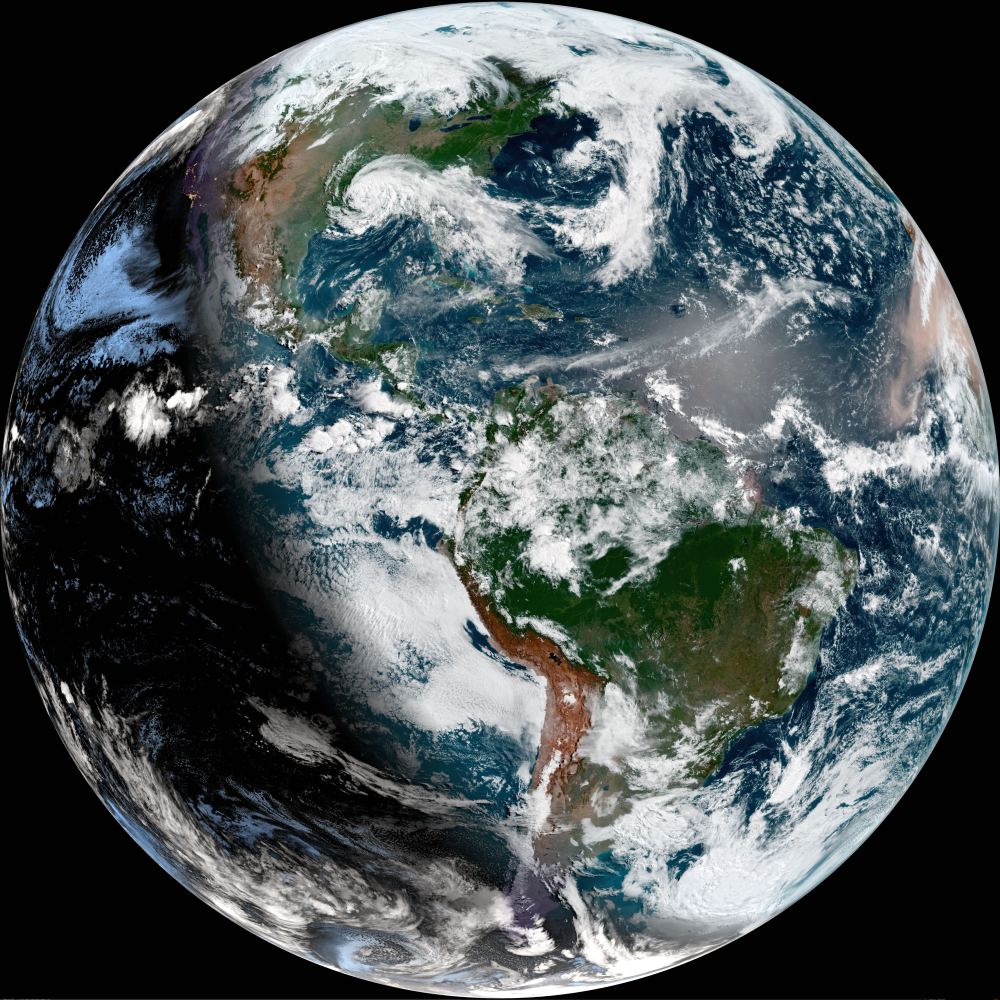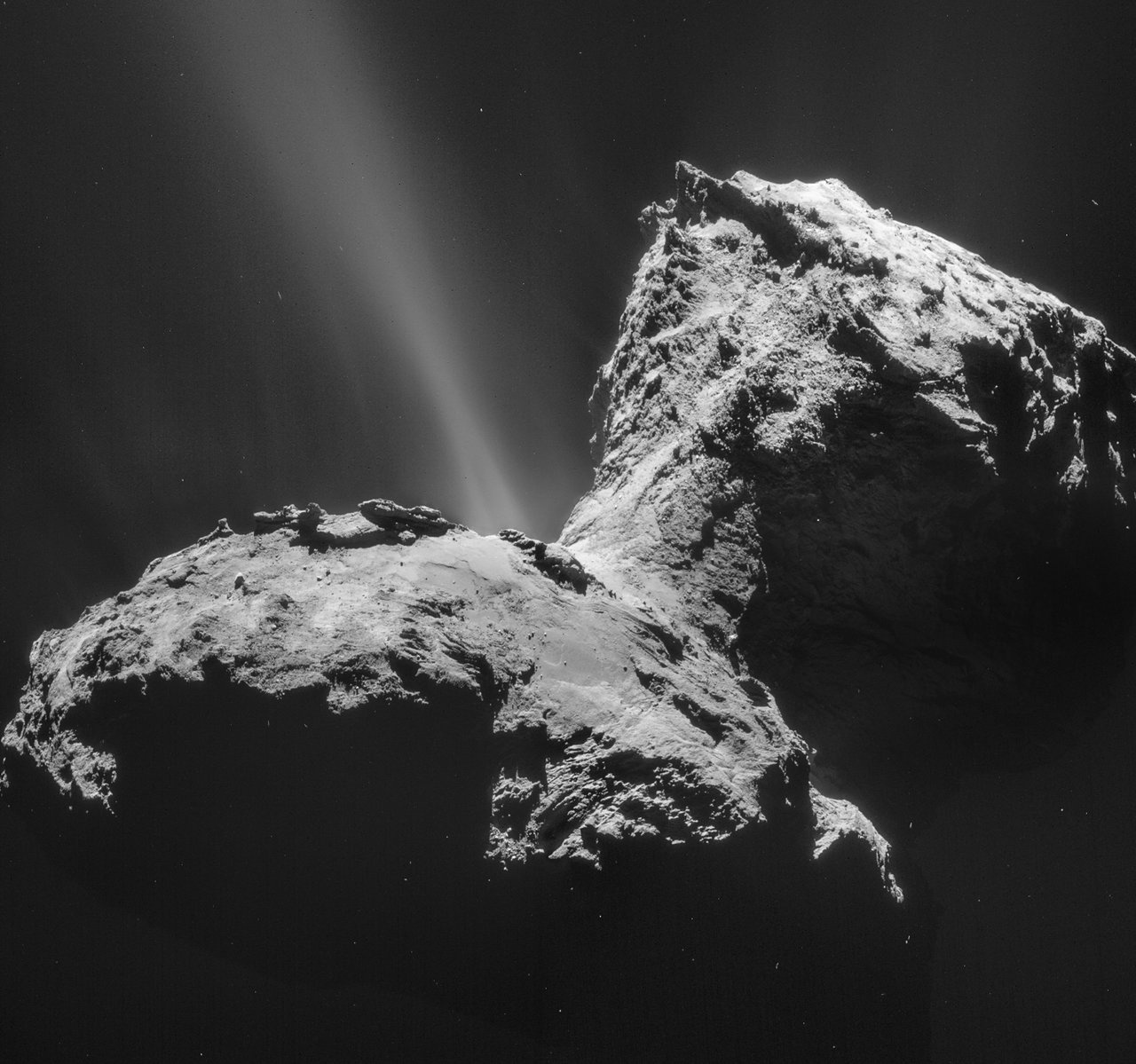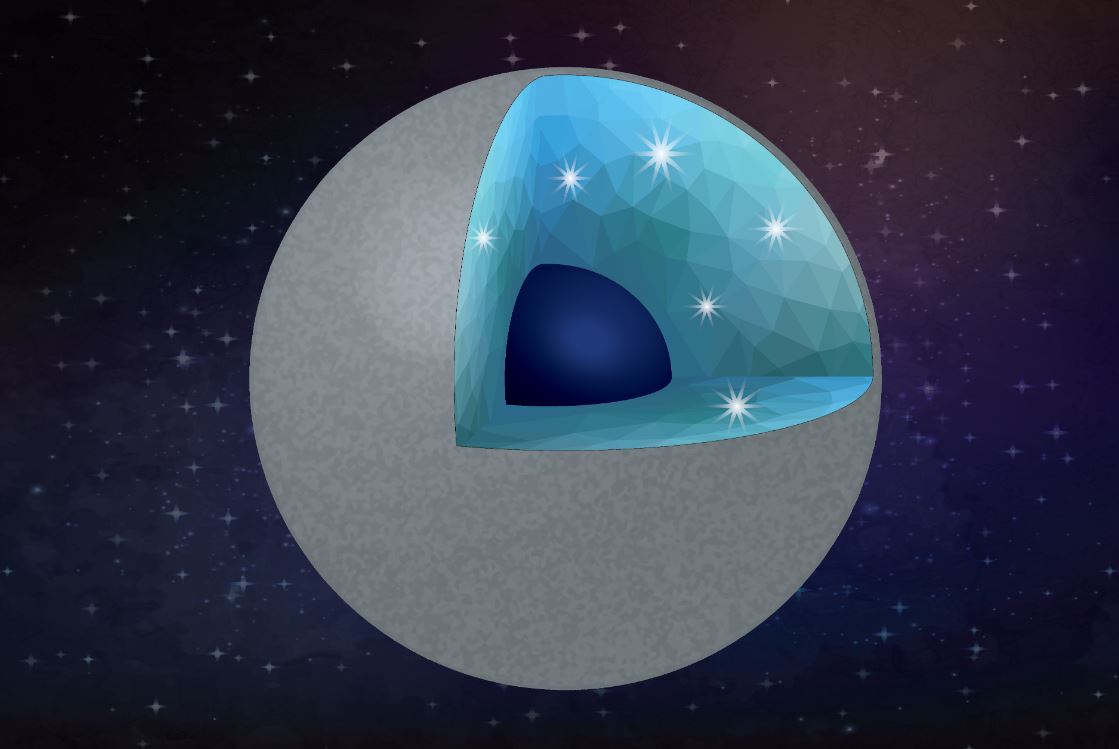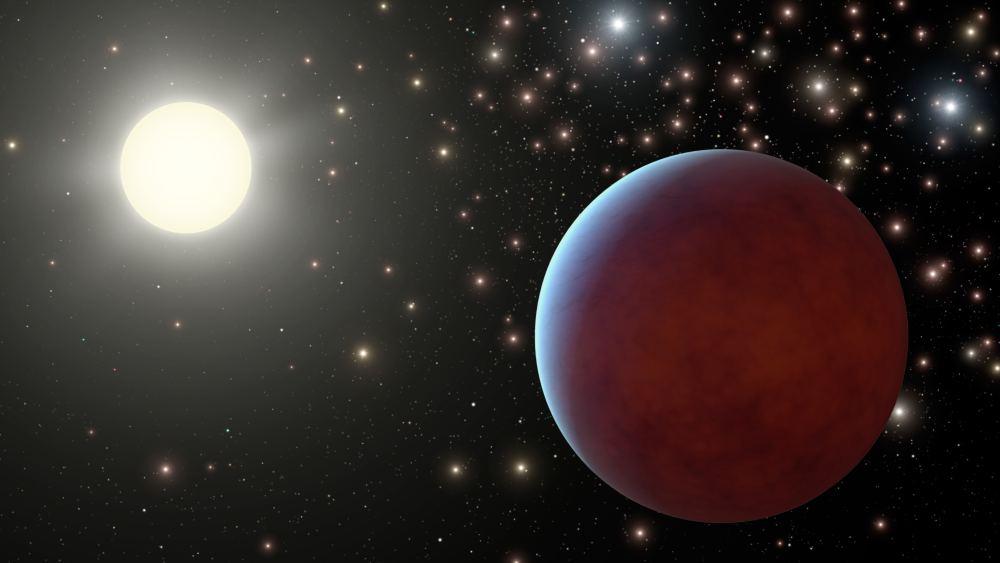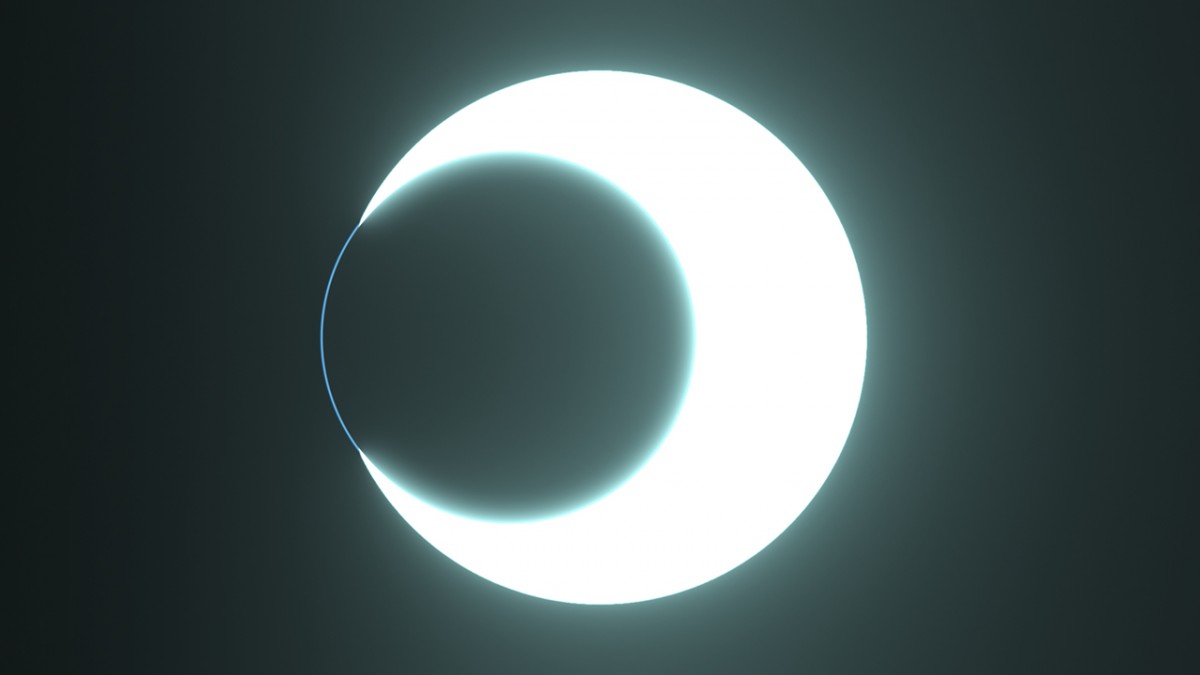Most everybody knows that the dinosaurs perished rapidly in a tumultuous extinction, caused by an asteroid strike about 66 million years ago. But it looks like another extinction prior to the appearance of the dinosaurs paved the way for their long reign. That extinction took place about 233 million years ago.
And scientists have only now discovered it.
Continue reading “A New Mass Extinction has been Discovered, Wiping Out Life 233 Million Years Ago, and Leading to the Rise of the Dinosaurs”
